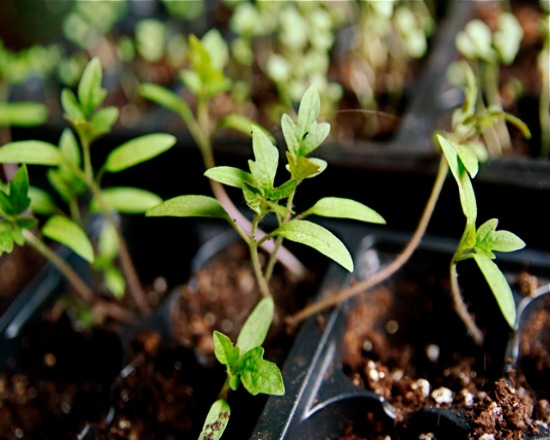This week, our editors are, as Lauren Wilson writes below, seeing a bright future for local food and drink — and seeing it clearly, with the help of the up-and-coming monocle.
Lauren Wilson: The Story of Sole Food Farms — YouTube (above)
The stories in our latest Innovations issues are ample evidence that the future of local food and drink is bright. My focus has recently been shifted beyond the Big Apple though while traveling in British Columbia. Vancouver and the surrounding area are known for pushing the sustainability envelope, and in few places is this more evident than at Sole Food Farms: a network of farms throughout Vancouver that are providing employment to 25 individuals who are dealing with drug addiction and mental illness. In their own words, “Sole Food transforms vacant urban land into street farms that grow artisan quality fruits and vegetables… [its] mission is to empower individuals with limited resources by providing jobs, agricultural training and inclusion in a supportive community of farmers and food lovers.” One of the founders is pioneering author/farmer Michael Ableman; his previous experience founding the Center for Urban Agriculture at Fairview Gardens in Goleta, CA, has been an example to many new urban farms and has shown that food production is not only feasible within the city grid, but can be an invaluable asset to the community
Amy Zavatto: The Monocle Returns as a Fashion Accessory — NY Times
So, you might be wondering, “What does a story about monocles have to do with food?” Good question. Apparently, it is the latest seeing-eye accessory for chefs. Case in point from the article in the New York Times:
“David Gilboa, a founder of Warby Parker [trendy monocle manufacturer], said its monocle has been a surprising hit among chefs who need help seeing recipes. “A lot of them are getting monocles that they clip on to their aprons,” he said. And at NoMad, a clubby restaurant in Manhattan, a monocle is offered to customers who complain that they can’t read the menu in dim light. Perhaps the fussiness of this particular mini-trend may make some customers opt for a soft cocktail, the orange blossom water and cream-based Cease and Desist.”
I’m not sure I’m ready to adopt the monocle, but if they offer me one next time I’m at NoMad, I may well just give it a go. Just hope I don’t drop it in my truffled chicken.
Gabrielle Langholtz: Gardening Behind Bars: San Quentin’s First Harvest — Civil Eats
Last summer Edible Manhattan ran a cover story on a therapeutic gardening program at Rikers Island. Our current issues profiles a new “social justice food truck” that employs formerly incarcerated youth. And our next issue has a story, also by Carrington Morris, about rooftop gardens at a homeless shelter on the Bowery. I already knew gardening and cooking can be rehabilitative, but editing these stories left me deeply inspired about possibilities. So I was excited to read this story about inmates growing vegetables at San Quentin, and the resultant epiphanies. As one inmate put it, “If I don’t pull the weeds out by the roots, they’ll keep coming back.”
Eileen M. Duffy: Drinking Straight from the Tank — PUNCH
This is a little bit of la plus ça change, but selling wine in bulk is a good way to accomplish a lot of things: savings for the consumer, reduction in carbon footprint and less waste. On Long Island, bulk wine is on the rise. Lieb is selling wine in boxes and kegs and many restaurants now have local wine on tap. I remember visiting Bordeaux and filling an empty Vittel bottle with some really good Pomerol. Maybe growlers for vino aren’t far behind, if we can get the government to cooperate.
Featured photo: Flickr/stevendepolo



